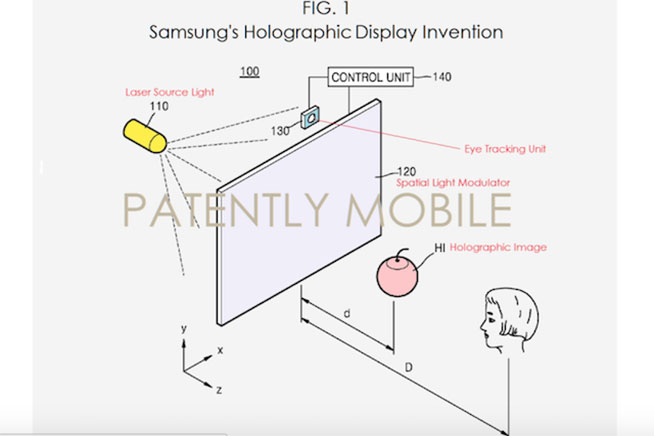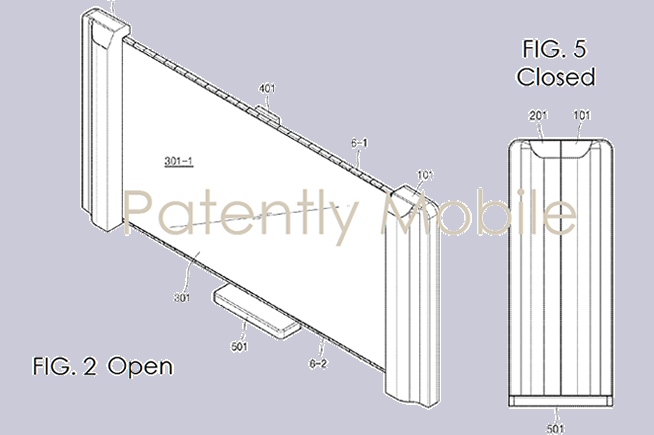Unlike the 3D TV, the holographic TV increases the viewing points, creating a sort of suspended dimension where images are projected
Samsung is ready to amaze once again. The Korean company in a few years could launch the first holographic TV, as evidenced by the patent that the hi-tech giant has filed last January and that the U.S. Patent and Trademark Office has made known for a few days.
After the roll-up TV and the foldable smartphone, Samsung then launches into this new project. The holographic technology overcomes some of the doubts that have held back the success of 3D televisions. Users, in fact, will no longer need a pair of glasses to immerse themselves in this new three-dimensional experience. But the real difference lies primarily in the new method the holographic display uses. A differenza del TV 3D, il televisore olografico aumenta i punti di visione, creando una sorta di dimensione sospesa dove vengono proiettate le immagini. Il pop, contrariamente a quando avviene con il 3D, è meno faticoso per gli spettatori in quanto la messa a fuoco è coerente con la profondità percepita dal cervello.
Un sistema di eye tracking
 Fonte foto: Patently Mobile
Fonte foto: Patently Mobile
Tornando al brevetto la nuova tecnologia che Samsung intende implementare sui nuovi televisori potrebbe includere anche un sistema di eye tracking che verrà usato per seguire il movimento delle pupille degli utenti. Come già succede con la PlayStation Move per seguire il movimento della testa degli utenti che utilizzano il PlayStation VR. Ancora non è possibile sapere quando i primi televisori saranno commercializzati, ma di una cosa possiamo essere certi: Samsung è già nel futuro.
TV Samsung, molte novità in arrivo
Il televisore olografico non è l’unico brevetto Samsung riguardante questo settore tecnologico. La casa sudcoreana, infatti, ha recentemente ottenuto anche un brevetto per un televisore arrotolabile e portatile: vedere per credere.
 Fonte foto: web
Fonte foto: web
Il TV arrotolabile di Samsung: clicca sull’immagine per vedere i dettagli del brevetto
